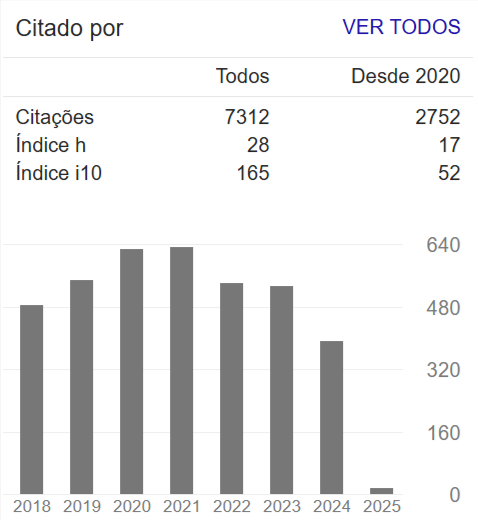Remediation of 1,2 DCA in Fractured Bedrock Using EHC® ISCR
Resumo
Objectives Remediation of 1,2 DCA in fractured bedrock was conducted using the EHC® amendment. EHC amendment treats 1,2DCA via in situ chemical reduction (ISCR) and by creating reducing conditions in the aquifer. Injection methods used to place EHC and results from one year of post-injection sampling from the pilot test will be presented to show the efficacy of EHC in treating 1,2DCA. Remediation plan for full-scale application (scheduled for Nov 2012) will also be presented.
Approach EHC is a solid amendment consisting of slow release organic carbon and zero valent iron (ZVI) which promotes biological and chemical reduction of a variety of chlorinated ethenes and ethanes by creating favorable geochemical conditions. Pilot tests were conducted by hydraulic fracturing in partially weathered bedrock at an industrial site located in southeast Pennsylvania. Fractures were created to inject EHC thereby inducing ISCR to destroy 1,2 DCA which was the primary constituent of interest (COI). A total of seven fractures were created in two areas to inject 10,800 lb of EHC. Distribution and radius of influence of EHC in the aquifer was monitored using conventional and non-conventional methods. Several rounds of groundwater samples were collected to monitor the concentration of 1,2 DCA along with secondary geochemical parameters in support of ISCR.
Results Data from injection pressure logs indicated that the fractures were nucleated horizontally. Tilt meter data showed symmetric deformations around the injection wells and subsequent analysis strongly suggested horizontal fracture development. Finally, magnets were deployed to trap ZVI from EHC in lubricating water during post-injection coring around the injection points. Collectively, these data sets suggested that the fractures remained “on plane” with the injection elevation for distances in excess of 50 feet from the injection location. Data from several rounds of groundwater samples collected over a period of 12 months show decreasing trends in 1,2 DCA concentration along with supporting trends in geochemical parameters to show that ISCR conditions were established post-EHC injections.

















